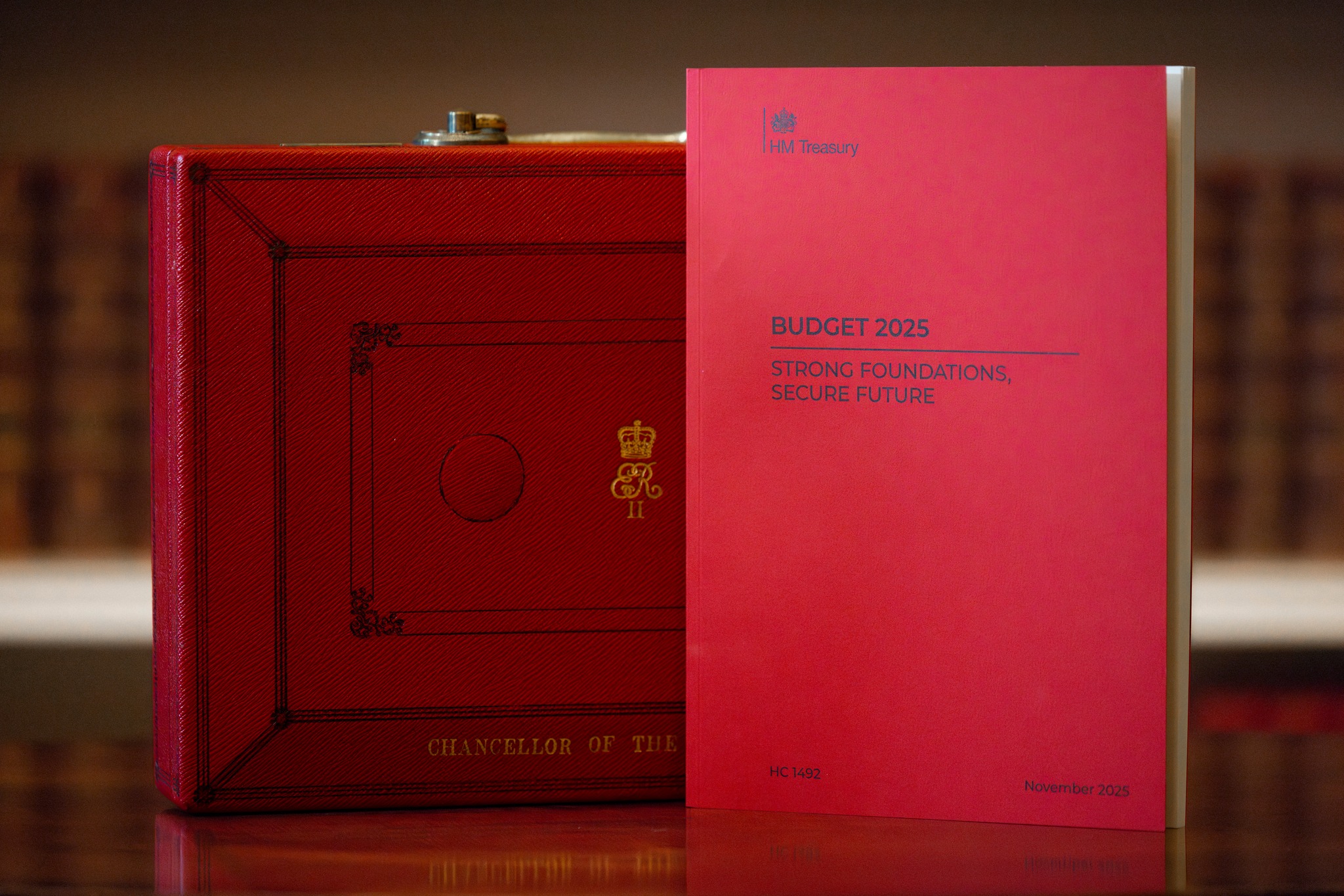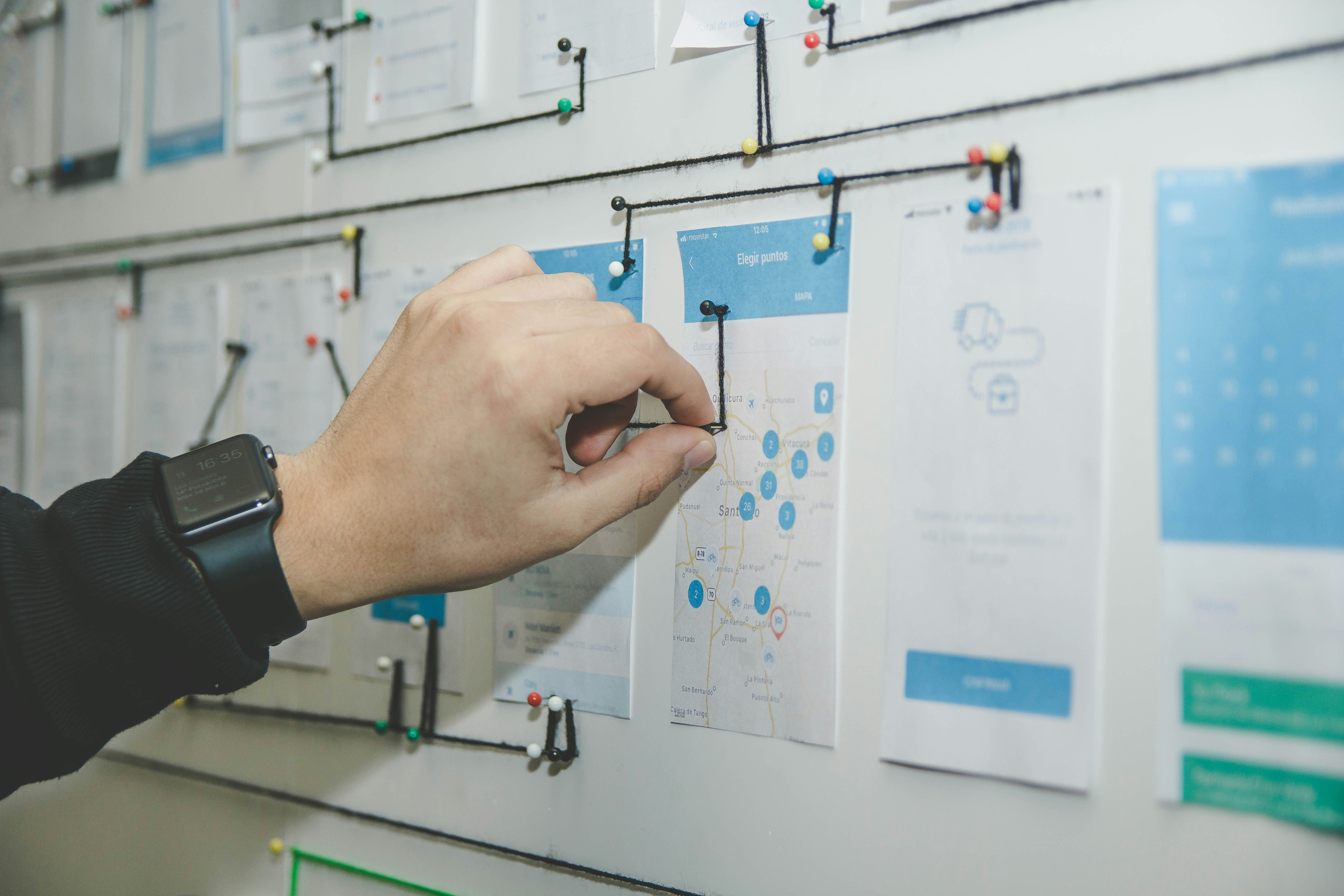R&D Capital Allowance (RDAs) Explained

Research & Development Capital Allowances (RDAs) are often overlooked but are valuable tax relief. Businesses using RDAs can claim 100% first-year tax relief on any eligible capital expenditure including equipment and property, and they can also be claimed alongside R&D tax credits.
Research & Development Capital Allowances (RDAs) are often overlooked but are valuable tax relief. Businesses using RDAs can claim 100% first-year tax relief on any eligible capital expenditure including equipment and property, and they can also be claimed alongside R&D tax credits.
What are RDAs?
Research and Development (R&D) Capital Allowances, often called RDAs or Research and Development Allowances, provide UK businesses with a 100% tax deduction on capital expenditures related to R&D projects. These R&D allowances cover assets such as equipment, property purchases, and refurbishment costs. RDAs can be claimed alongside R&D tax credits, offering an additional financial incentive for businesses investing in innovation.
Properly leveraging these allowances can significantly reduce tax liabilities and support further development activities. Understanding and applying for Research and Development Allowances requires meticulous record-keeping and may benefit from the expertise of a tax relief specialist.
What types of R&D capital expenditure can be claimed?
Businesses using RDAs (formerly called Scientific Research Allowances) can claim 100% tax relief on any eligible capital expenditure. Timing is important, as RDAs can only be claimed in the first year of the asset being purchased.
Qualifying expenditure can include any of the following costs, as long as they’re linked directly to an R&D project:
- Purchasing equipment, including plant and machinery, laboratory equipment or IT systems
- Purchasing property, but excluding land
- The construction or refurbishment of property (including extensions)
- Company or staff vehicles
HMRC defines R&D here in the same way as it does for other tax purposes (like R&D tax credits):
R&D for tax purposes takes place when a project seeks to achieve an advance in science or technology. The activities that directly contribute to achieving this advance in science or technology through the resolution of scientific or technological uncertainty are R&D.
R&D doesn’t have to mean reinventing the wheel: it’s also solving problems that your business faces on a day-to-day basis in a new way, or having to overcome a challenge that doesn’t have a straightforward solution.
If you’re taking a risk by spending money on creating new products, processes, services, or knowledge (or developing and improving what already exists) then it’s likely that you’re carrying out R&D which the government tax credits can reward.
Can you claim R&D Capital Allowances and R&D Tax Credits?
The short answer is yes.
To successfully claim R&D tax credits, you must have completed an R&D project by HMRC’s definition above. Your capital expenditure from the project wouldn’t be eligible under the R&D tax relief scheme but could come under RDAs instead, which is why it’s often worth applying for both to maximise your benefit.
What is the difference between R&D Capital Allowances and other capital allowances?
R&D Capital Allowances are one of a number of capital allowance schemes available to UK businesses.
RDAs aside, the most common (which will be familiar to most businesses) are:
- The Annual Investment Allowance (AIA). A 100% capital allowance for qualifying expenditures on plant and machinery (not property, like RDAs). It is available in the period in which the eligible costs are incurred, meaning its tax deduction is immediate. There is also a limit on AIA-eligible expenditure; this has risen to £1,000,000 (up from £200,000 as of 1 Jan 2019) and will remain at £1m following an announcement by the government on 23rd September 2022.
- Writing Down Allowances (WDAs). These also cover plant and machinery but provide a deduction of 18% or 6% (depending on the asset) over multiple years. It’s useful for expenditure that doesn’t qualify for AIA (like cars).
- The Super-deduction. Until 31 March 2023, companies investing in qualifying new plant and machinery assets will be able to claim a 130% super-deduction capital allowance on qualifying plant and machinery investments and a 50% first-year allowance for qualifying special rate assets. This will allow companies to cut their tax bill by up to 6p for every £1 they invest.
RDAs offer the immediacy of the AIA without the upper limit (£1,000,000) and also cover a wider range of expenditures (e.g. property purchases and refurbishment). So, if your expenditure is linked to a research and development project, this capital allowance is likely to be easier to obtain and more rewarding. For example, if a company spends £100,000 on a piece of plant machinery for its R&D project, it can claim the capital allowance through AIA. However, if a company spends £300,000 on new plant machinery, it would be best to claim the £200,000 through AIA, and the additional £100,000 machinary cost through RDAs.
While you can apply yourself through HMRC, it’s well worth having an R&D tax relief specialist on your side to ensure your claim is maximised to its full potential.
It’s important to note that, unlike R&D tax credits, for SMEs and larger corporations, there is no difference in the RDA claim amount. For SMEs, is it likely to take them longer to hit the normal AIA threshold of £1,000,000, therefore the AIA is more beneficial than RDAs. On the other hand, large corporations are more likely to reach the AIA threshold quickly, and therefore would benefit from RDAs more as the amount of claim relief is limitless.
In nearly all instances, capital allowances only offer a timing benefit by reducing your profit immediately (and in turn, tax payable). This is then gradually offset over the proceeding years by increasing your profit to the equivalent amount. The only exception to this is the super-deduction, which provides a permanent reduction in tax of 6p for every £1 spent.
How can you claim Research & Development Capital Allowances? (including deadlines)
As with R&D tax credits, you can claim RDAs up to two years after the end of the accounting period in which the R&D work took place.
For example:
If the date was 31st March 2025 and you typically prepare your accounts to the 31st March, you would be able to claim RDAs for projects carried out within the following accounting periods:
- 1st April 2022 – 31st March 2023
- 1st April 2023 – 31st March 2024
However, on the next day (1st April 2025) the furthest back you could now consider making a claim would be for the accounting period ending 31st March 2024. This is because you have now entered a new accounting period and the furthest back you can go is two years from the date of the claim.
To make a successful claim, you’ll need accurate accounting records that include your R&D work.
While you can apply yourself through HMRC, it’s well worth having an R&D tax relief specialist on your side to ensure your claim is maximised to its full potential.
How R&D expenditure, RDAs and other capital allowances interact
R&D expenditure, RDAs, and other capital allowances can interact in ways that optimise a company’s tax relief. While R&D allowances provide a 100% deduction on qualifying capital expenditures related to R&D, other capital allowances, such as the Annual Investment Allowance (AIA) and Writing Down Allowance (WDA), apply to broader categories of assets. Businesses can strategically allocate costs to maximise their deductions, ensuring that expenditures not covered by Research and Development Allowances may still benefit from other allowances. Effective management of these interactions can significantly enhance a company’s financial efficiency and support ongoing investment in innovation.
A real example of how a tech company benefited from R&D Capital Allowances
A UK-based technology company specialising in advanced robotics, recently completed a major R&D project aimed at developing next-generation manufacturing robots. By leveraging R&D Capital Allowances (RDAs), the company was able to claim a 100% tax deduction on £500,000 worth of capital expenditures, including new machinery, laboratory equipment, and the refurbishment of their R&D facilities. In addition, InnovateTech Ltd also claimed R&D tax credits on their qualifying R&D expenditures.
This strategic use of RDAs and R&D tax credits resulted in a substantial reduction in their tax liabilities, enabling the company to reinvest the savings into further innovation and development initiatives. This financial boost not only enhanced their competitive edge but also supported their long-term growth and sustainability in a rapidly evolving industry.
FAQs

Can we help your business?
Book a free consultation with our expert R&D funding advisors today. We specialise in helping innovative businesses like yours unlock millions in government funding, specifically allocated to fuel your innovation. Let us help your business access the support it deserves.









.svg)


